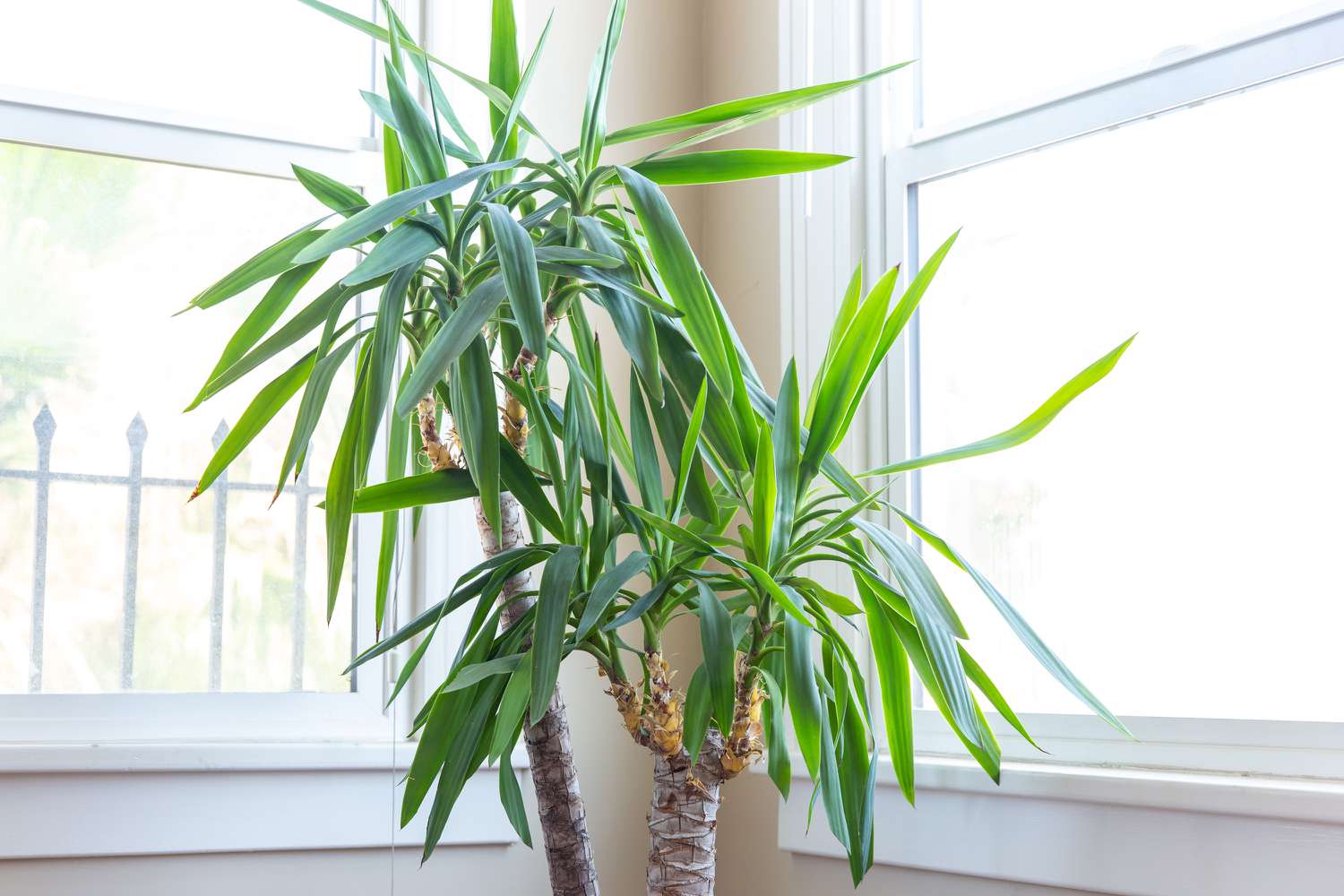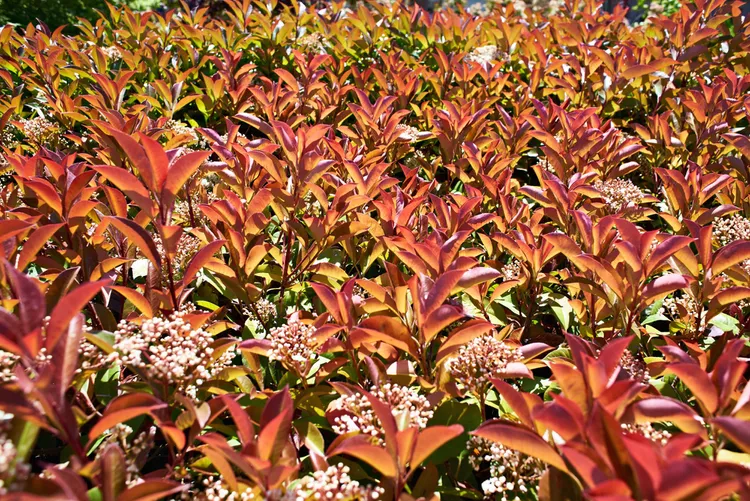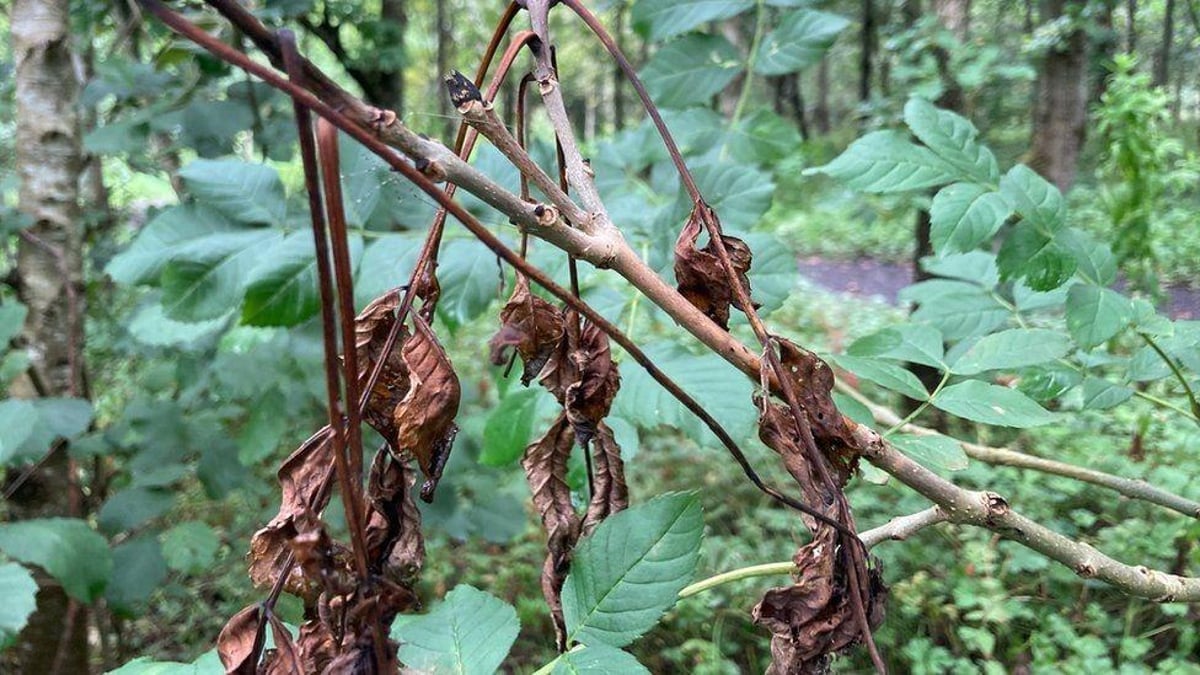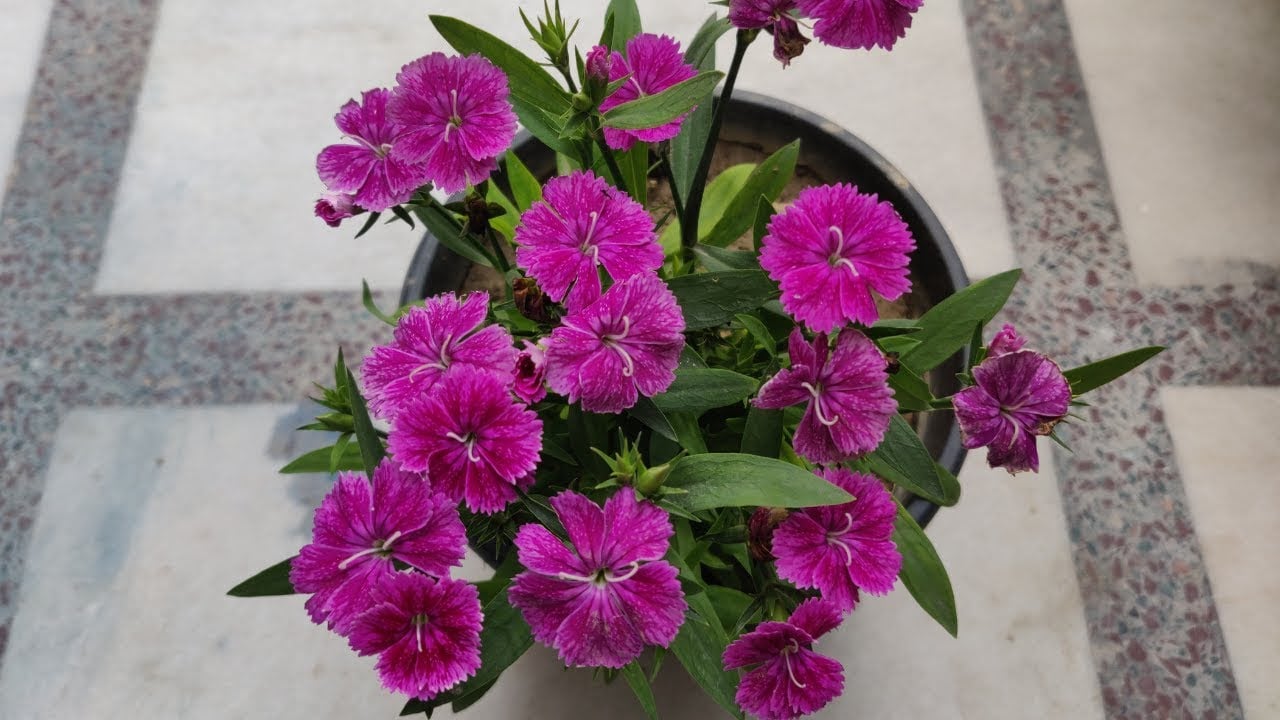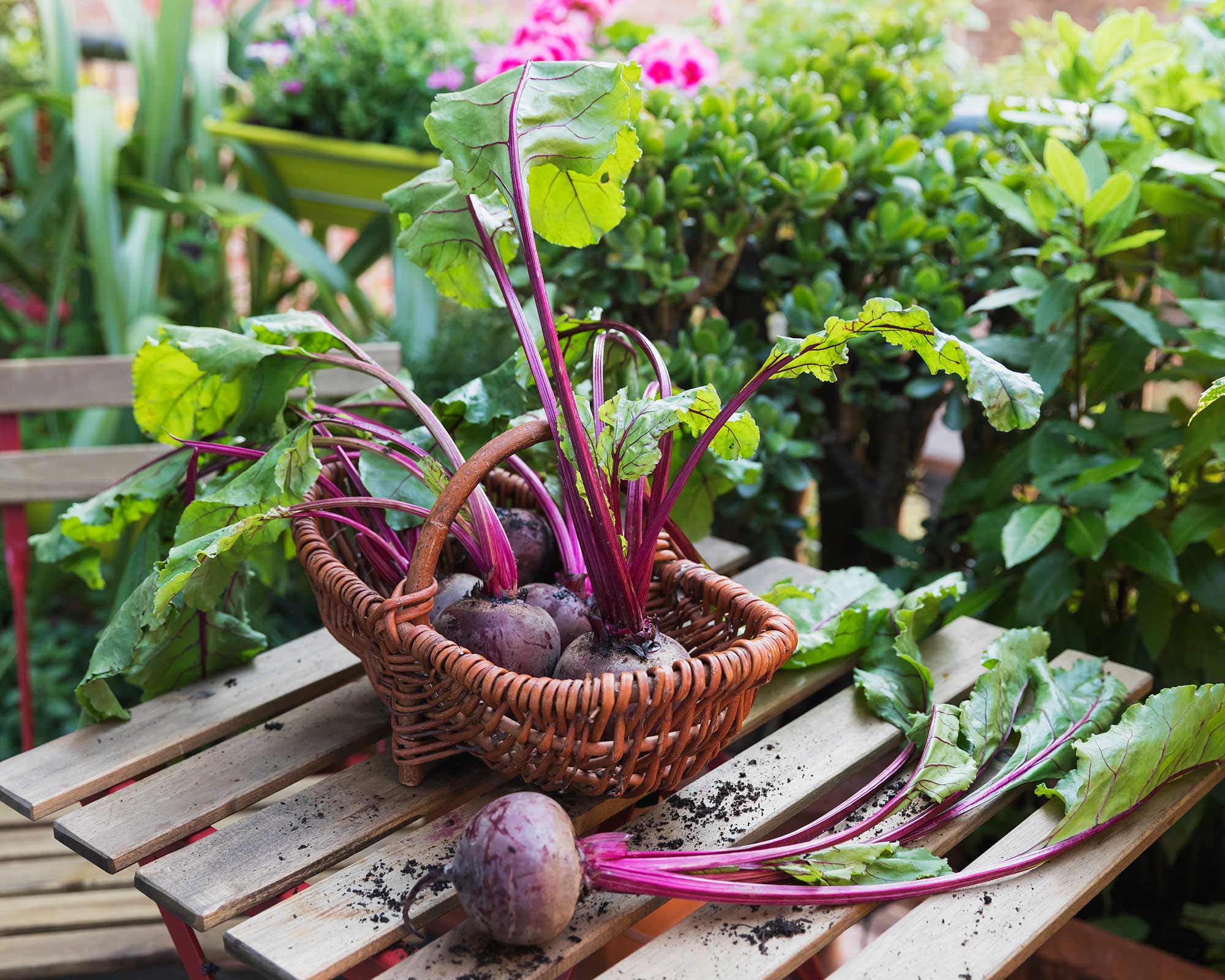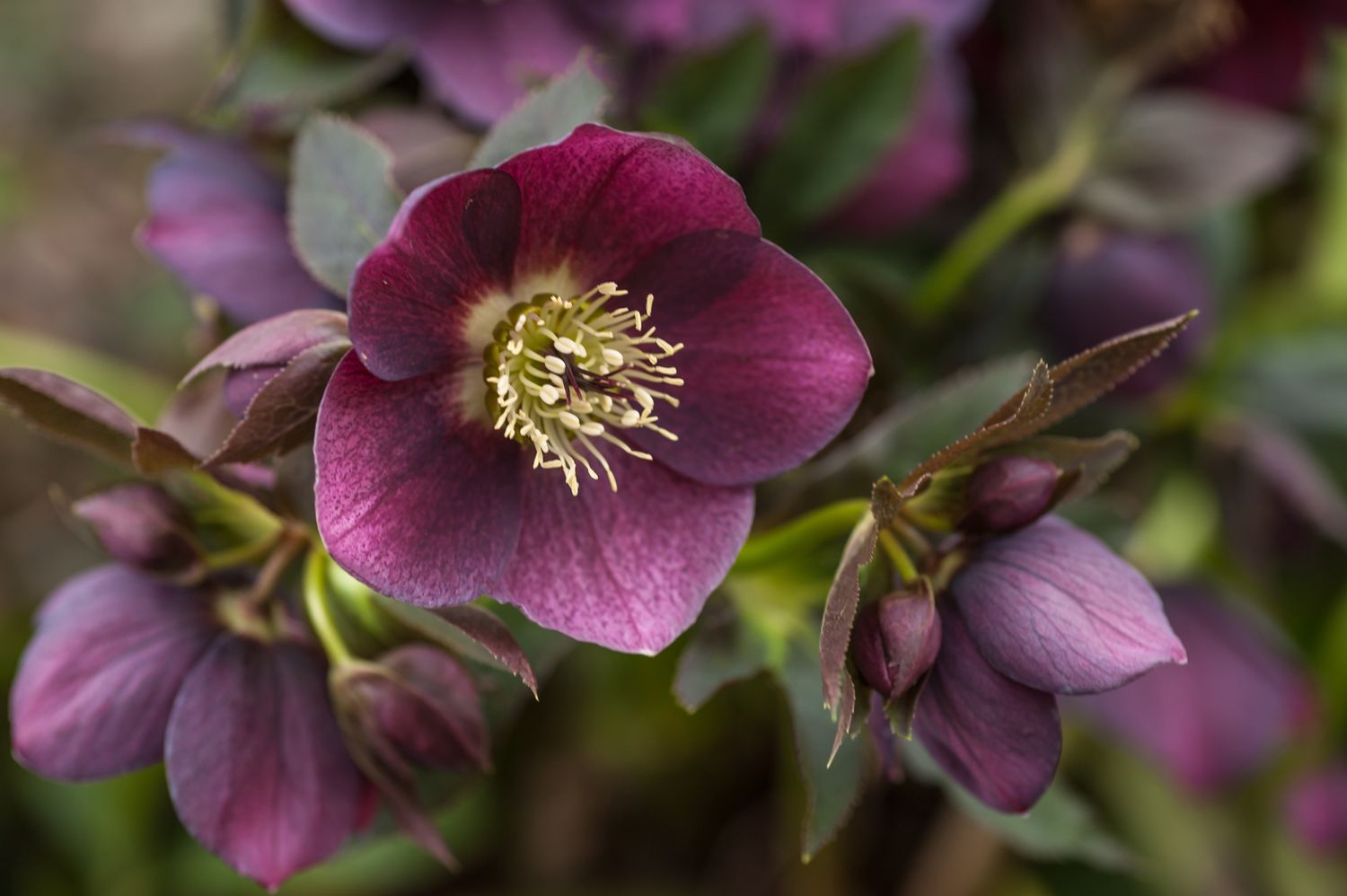7 Common Problems You May Encounter While Growing Azaleas
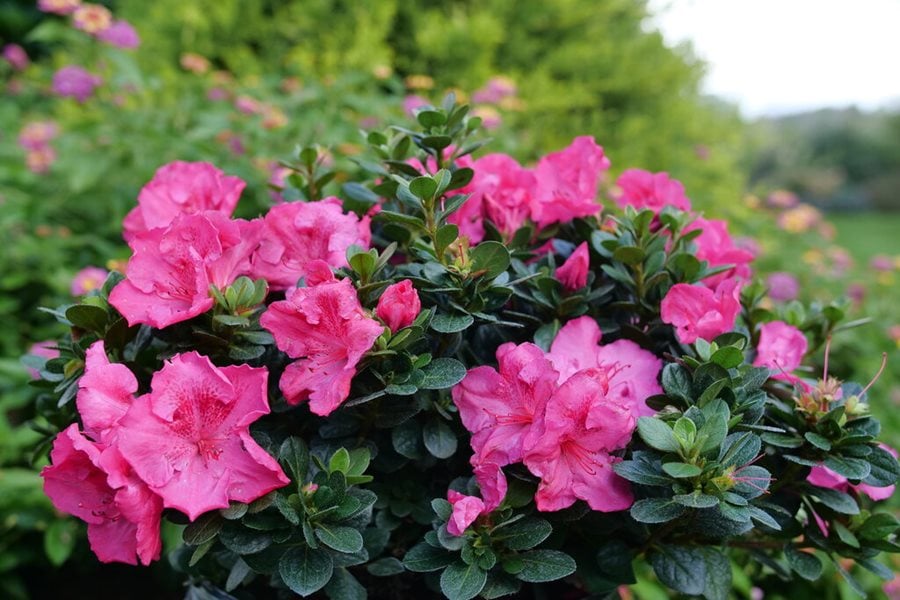
Table of Contents
Azaleas are a popular flowering shrub of the genus Rhododendron. They are known for bearing beautiful flowers which range from pink, purple, orange, red and yellow. They are widely grown worldwide owing to their mesmerising look and the availability of a wide variety of flower options.
They can be grown in a shady place in a garden or in a pot. Most of the varieties of Azalea are well suited for growing in pots as indoor plants and can be grown quite easily. However, they are prone to several problems in their life cycle. When the growing condition is not suitable, they can easily catch several diseases and pests, which can become quite bothersome.
Correctly identifying the problems with Azaleas in pots or in landscapes is the first step in treating them. Read on to learn about common pests and diseases that can occur in Azalea and ways to prevent them in this blog.
Identifying the Issues While Growing Azalea
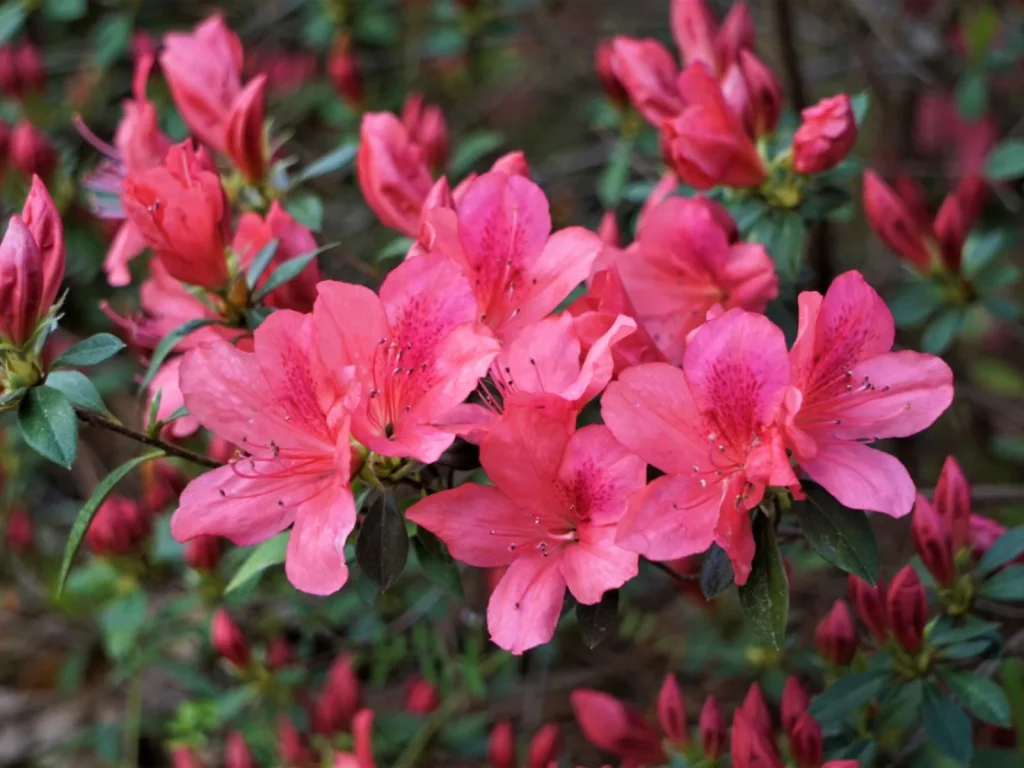
Azalea is a fascinating blossom-filled plant, and to see these plants getting ruined is a painful sight. As is true with everything, in this case, too, the correct identification of the problem is the first and albeit the most important step in preventing the problem.
A notable thing here is understanding that pests and diseases are not the problems but the reaction to the problem. They are an indication that there is some problem with your plant.
You will have to understand the root cause of the problems with Azaleas in order to act on it.
Some of the major causes of the problem could be extreme weather conditions, improper care, soggy soil and other such conditions that could be responsible for various diseases or invasion of pests in the plant.
Using pesticides without correctly identifying the problem can do more harm than good. Applying pesticides is, in fact, the last resort to deal with pests or diseases in the plant. It is advised to choose low-toxicity products and use them carefully.
Problems with Growing Azaleas in Pots
Azaleas are indeed one of the most beautiful and widely grown plants in pots. They are capable of thriving well in pots, given their acidic soil and slow draining requirements are fulfilled.
Let’s take a look at the requirements for growing Azaleas in pots and the problems that arise due to failure to fulfil their requirements:
1. Soil Requirement
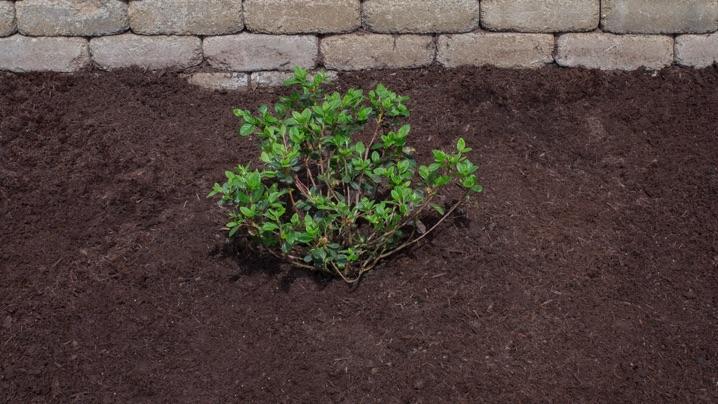
Azaleas need moisture-retaining, well-draining, nutrient-rich and acidic soil. They need soil that is specifically made for acid-loving plants. Not choosing well-draining soil is one of the most significant problems with Azaleas in pots.
Always water the plant regularly to ensure that the soil remains moist; they won’t be able to survive in dried-out soil either, and mushy soil leads to root rot in Azaleas. A yellowish-brown appearance in leaves indicates the root rot in these plants.
2. Water Requirement
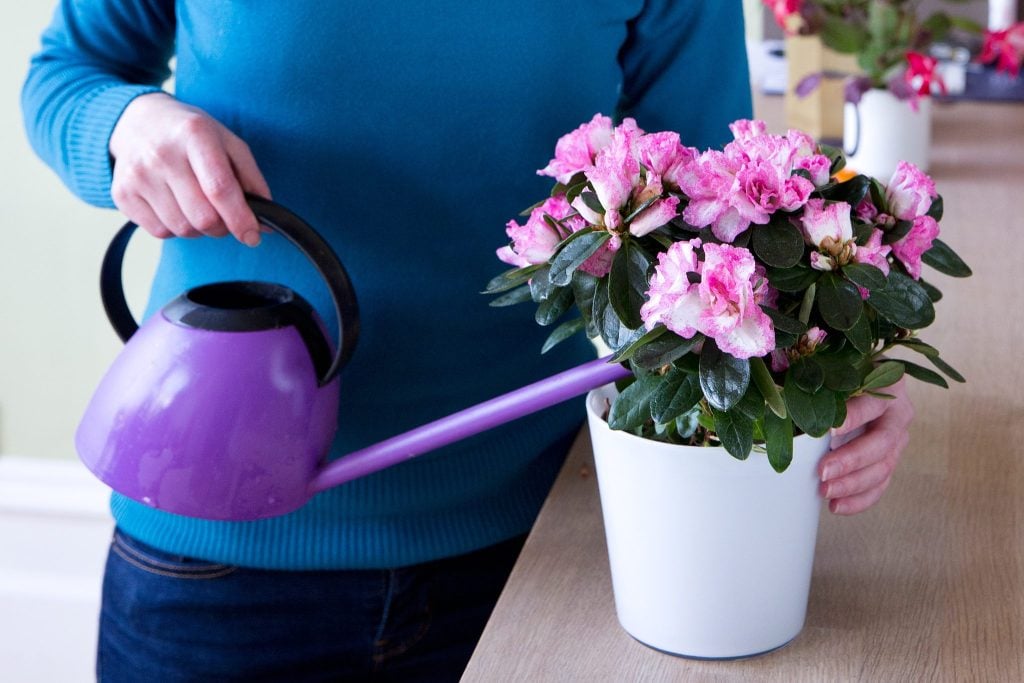
Azaleas thrive well with consistent watering. It is recommended to water these plants with rain water than with regular tap water. As rainwater is slightly acidic, it helps in the better growth of Azaleas in pots.
3. Sunlight Requirement

Partial sunlight is ideal for Azaleas, such that they receive full sunlight during the morning but receive lesser during the afternoon. Too much sunlight can scorch the leaves, while too little sunlight will result in a reduction in the number of flowers and will promote slow growth.
4. Lack of Fertilizers
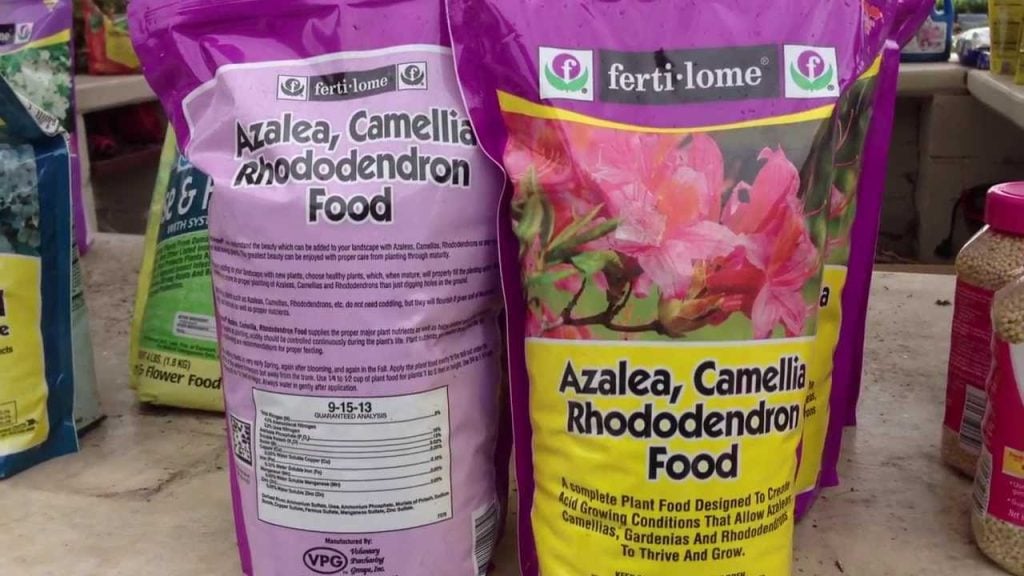
Another common problem with Azaleas in pots is the lack of fertilizers when they need them the most. A lack of fertilizers can limit the growth of Azaleas in pots. Azaleas in the garden may be able to thrive without fertilisers, but since the pots do not have the capacity to collect nutrients, it is necessary to introduce fertilisers at the right time.
5. Temperature fluctuations
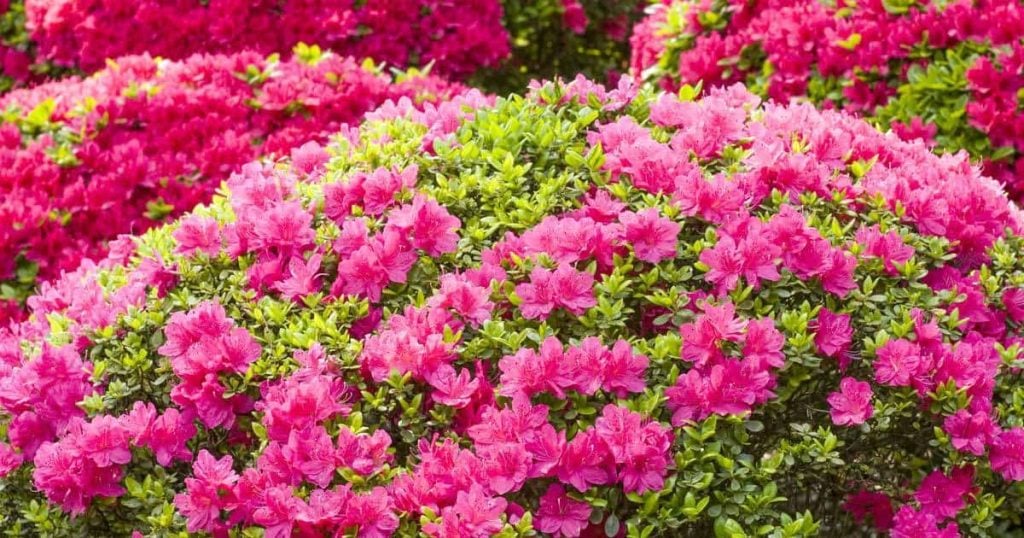
Azaleas in pots as indoor plants are quite sensitive to temperature. High fluctuations in temperature can result in leaf drop and drought. It is important to make provisions for indoor plants to ensure their survival in all kinds of temperatures.
Other than their specific requirements, Azaleas are often prone to several diseases and pests. The most common pests and the ways to deal with them are explained below
6. Azalea Pests
Azalea Caterpillars: Datana major, also known as Azalea Caterpillar, is the most commonly occurring pest on Azaleas. These are brownish red with yellow and white stripes. They usually attack in groups and damage the leaves of the plant. They can be removed manually as they do not pose any threat to humans. It is the most economical and quickest way to remove these pests easily. Diatomaceous Earth can also be used to control them.
Azalea Lacebugs: Azalea Lacebugs are black bugs that are found on the bottom of the Azalea leaves. Due to the attack of these bugs, the leaves may turn yellowish-white. Insecticidal soap can be used to control these pests.
Azalea Leafminers: As the name suggests, these pests mine on the upper and lower surface of the leaves. It results in the appearance of brown blisters and yellowing of leaves. Many affected leaves can curl up and fall. It is necessary to remove these parts of the plants. Otherwise, they can affect the whole plant.
Azalea Bark Scale: The Plants affected by this pest are covered with sooty mould or have white cotton-like masses on the forks of branches of the plant. They can be controlled by either removing the affected branch or applying horticultural oil.
7. Fungal Diseases in Azalea
Azaleas are often prone to several fungal diseases. Knowing the correct treatment for the ailments can help you in preventing or controlling these diseases. Read on to learn more about Fungal diseases In Azaleas and ways to control them.
Azalea Leaf Gall: It is one of the common problems with Azaleas in pots. It is a fungal disease caused by Exobasidium vaccinia. The symptoms of the disease include a small pea size gall on the surface of the leaf that hardens and turns brown after a few days. It is also characterised by pale stems and curled leaves. The galls eventually turn white due to the coating of fungal spores. These can be controlled by removing the galls as soon as they are seen. Fungicides like Chlorothalonilcan also be applied to tackle this disease.
Leaf Spots: Leaf spots are dark red to brown coloured spots found on the leaves of Azaleas. These are caused by fungus and can lead to yellowing of leaves. The affected leaves need to be hand-plucked to avoid affecting the whole plant.
Azalea Dieback: As the name suggests, Azalea dieback disease corresponds to the dying of stems and leaves. It starts with the fungus Botryosphaeria dothidea infecting one branch of the plant and gradually killing the stem. It is recommended to prune the affected stem to avoid the spreading of the disease. Thiophanate methyl, a fungicide, can be used to treat the plant affected with Azalea dieback.
Azalea Root and Crown Rot: A very common occurrence in Azaleas, this disease is characterised by the weakening of the roots; the roots infected by the disease appear black and soggy. It is caused by a fungus named Phytophthora and can be treated by pruning out the affected crowns. A good drainage system also helps to control and avoid this disease in Azalea.
Petal Blight: Petal blight in Azalea causes the petals of the flowers to have tiny white and brown coloured dots on flowers. These dots could easily spread from one flower petal to all the flowers really quickly. They mostly occur during winter. They are mostly caused by petals being wet during watering, so avoid watering petals and keep them restricted to roots. In severe cases, fungicides like Maneb or Triforine can help.
Azalea Botryosphaeria Canker: It is a disease that causes Azalea to have dark brown-coloured holes in the branches. It also causes the leaves to roll and wilt and, in severe cases, may push the leaves to turn brown. The infection can spread through prunes and leaf scars. Pruning is the best option to deal with this disease, and ensuring a good drainage system helps in avoiding the disease.
Conclusion
Azaleas are known for their bushy and lush appearance, and they make for a wonderful statement for the garden as well as indoor seating areas. However, they are delicate and easily affected by pests and develop certain diseases if there is a lack of proper care.
Some of the most common pests include lace bugs, caterpillars and leaf miners. Using a fine-quality pesticide and pruning are the most commonly used ways to deal with these pests.
Azaleas are also prone to several diseases, such as Azalea leaf gall, Azalea Dieback, and Azalea petal blight. Azalea leaf gall is one of the major problems with Azaleas in pots that arises quite often.
Each of these diseases can be treated differently. Most of the diseases in Azaleas are fungal in nature, hence to control the diseases, an effective fungicide can actually help the plant cope with these ailments.
Frequently Asked Questions
Are Azalea Plants Toxic in Nature?
Azaleas are quite poisonous. They should be kept ways from pets and children. If ingested, these plants can cause severe vomiting, nausea, depression, difficulty in breathing and sometimes can even induce coma.
Do Azaleas Need Full Sunlight to Grow?
Yes! Azaleas thrive well in full sunlight or part shade. Azaleas grown in full sunlight bloom quite well and grow beautiful and dense. If planted in part shade, they may not grow as many flowers as they would in full sunlight, but they will last for a long time.
Which Is the Best Month to Plant Azalea?
Azaleas should be planted in late spring or early fall. They will be ready to provide bloom next spring if planted at this time.

